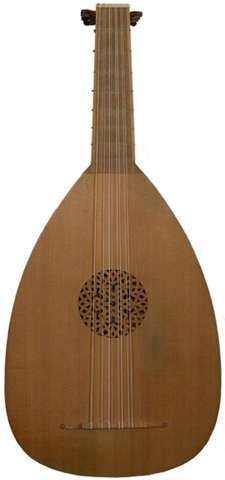“IL DIVINO”
Music by Francesco da Milano and his contemporaries
By 1500 the lute was already a sophisticated instrument. It was plucked with the right hand fingers, a technique that seems to have developed towards the end of the 15th century. While the earlier plectrum technique was mainly suitable for rapid scale passagework and fully strummed chords, the new finger-style technique enabled lutenists to play complex contrapuntal music. This together with the fact that the lute was a portable instrument made it the favoured solo instrument of the Renaissance with a large corpus of music surviving in manuscripts as well as in printed sources. The most admired lutenist during the first half of the 16th century was Francesco Canova da Milano (1497-1543). His contemporaries called him "il divino", an appellation he shared with Michelangelo, and there are many accounts of his phenomenal performing skills. This programme includes many of his fine fantasias together with fantasias, dances and vocal intabulations by some of his contemporaries, including Vincenzo Capirola, Joanambrosio Dalza, Albert da Rippe, Hans Neusidler, Pierre Attaingant and others.

